31 December
As the world prepares to welcome a new decade, China informs the World Health Organization of a cluster of mysterious pneumonia cases linked to a fish market in the city of Wuhan, the capital of Hubei province.
A day earlier, a doctor in Wuhan had raised the alarm of a viral outbreak that he said appeared similar to SARS in a group chat with medical school classmates, who he urged to wear protective clothing.
Four days later, he was forced by Chinese authorities to sign a letter stating he had made “false comments” and “disturbed the social order". He was also told to shut up, or face arrest.
7 January
A new type of coronavirus - or nCoV for short - is formally identified by Chinese authorities.
11 January
A 61-year-old man in Wuhan dies after contracting coronavirus, marking the first fatality of the disease which will eventually claim the lives of more than 238,000.
13 January
In an early sign of things to come, a woman travelling to Thailand from Wuhan becomes the first person diagnosed with coronavirus outside of China.
23 January
Sydney Airport starts screening passengers arriving from Wuhan. By this point, more than 500 coronavirus cases have been confirmed, the vast majority in Wuhan.
24 January
A team at the University of Queensland begins work on a coronavirus vaccine, which they say could be available worldwide in six months.
“The team hopes to develop a vaccine over the next six months, which may be used to help contain this outbreak,” Professor Paul Young, the head of the university’s School of Chemistry and Molecular Biosciences, said.
“The vaccine would be distributed to first responders, helping to contain the virus from spreading around the world.”
25 January
Australia records its first confirmed case of coronavirus. The man in his 60s was visiting Victoria from Wuhan.
“Australia has world-class health systems with processes for the identification and treatment of cases, including isolation facilities in each state and territory. These processes have been activated,” Health Minister Greg Hunt said.
Shortly after, three more cases are confirmed in New South Wales, while the travel advice for Hubei province is raised to “do not travel”.
28 January
Days after diagnosing Australia’s first case of coronavirus, scientists at Melbourne's Doherty Institute become the first in the world to grow the virus outside of China.
The breakthrough is a crucial first step towards scientists developing better diagnostic tests, treatments and a vaccine for the virus.
30 January
WHO declares the novel coronavirus as a Public Health Emergency of International Concern. So far, more than 170 people have died of the disease in China and the number of international cases is growing.
There are nine confirmed cases in Australia.
Addressing the media, WHO chief Tedros Ghebreyesus said the designation was not due to what was happening in China, but more worryingly, what was happening in other countries.
He also said there was “no reason” for flight suspensions, border closures and quarantine for apparently healthy travellers.
1 February
Prime Minister Scott Morrison announces a travel ban on international arrivals travelling from or transiting through China, unless they are Australian citizens, permanent residents or their immediate family.
Those that are allowed into Australia from China, where 250 people have died of the virus, are told to self-isolate for two weeks.
Qantas announces it will suspend its direct services to mainland China.
2 February
A 44-year-old man becomes the first person to die of coronavirus outside China, after flying into the Philippines from Wuhan.
3 February
More than 200 Australians are evacuated from Wuhan on a Qantas flight before being taken to Christmas Island, an Australian territory approximately 350 kilometres from the Indonesian coast, for a 14-day quarantine period.
In the weeks before, Australians in Wuhan issued increasingly desperate pleas for help after a lockdown in the city prevented them from travelling home.
Among them were 100 Australian school students.
“We desperately need help from the government,” mother-of-two Australian citizen Ying Wang told SBS News from Wuhan. “We've been stuck at home for about a week, today is day six and we are running out of food.”
4 February
Japan confirms two Australians are among 10 passengers that tested positive for coronavirus on a cruise ship quarantined in the port of Yokohama.
The Diamond Princess is the first of several cruise ships to suffer an outbreak of coronavirus on board. A total of 223 Australians are among the 2,666 guests and 1,045 crew on board.
Australians on the ship will end up being evacuated to a quarantine site near Darwin. It will be another month before they are allowed to return home after completing a 14-day isolation period.
7 February
Li Wenliang, the 34-year-old ophthalmologist who tried to warn the world about the virus before being threatened with arrest by Chinese authorities, dies of COVID-19 in a Wuhan hospital, sparking an outpouring of grief on social network site Weibo.
He is described as a “hero willing to speak the truth” and the hashtag #IWantFreedomOfSpeech trends on Chinese social media.
More than a month later, on 20 March, the Chinese Communist Party would posthumously exonerate Dr Wenliang and issue a “solemn apology” to his family.
9 February
The global death toll surpasses that of the 2003 SARS epidemic with more than 803 fatalities. Close to 37,000 infections are recorded.
11 February
More than a month after the virus was first identified, it finally has an official name. The WHO labels the disease COVID-19, explaining that “co” stands for corona, “vi” for virus, and “d” for disease, plus “19” for the year it was discovered.
19 February
Iran announces its first COVID-19 cases after two virus-related deaths in the religious city of Qom. This was the first acknowledgment of an outbreak in the country.
Before long, the number of deaths in the country would skyrocket to more than 6,000, making it one of the worst outbreaks in the world.
A month later, on 19 March, Iran’s health ministry announced that one person was dying of the virus every 10 minutes.
21 February
Italy confirms a cluster of 15 COVID-19 cases in the Lombardy region and two in the neighbouring region of Veneto, where an elderly man in the city of Padua would become the first Italian person to die from the virus.
None of the infected had travelled to China, marking the first known instance of local transmission in the country.
26 February
COVID-19 has now spread to every continent except Antarctica.
29 February
In Washington, a man in his 50s becomes the first person to die of coronavirus in the United States. The state is the first of several to declare a state of emergency.
Just over two months later, the country’s death toll will have reached 66,000 - the highest of any country in the world.
1 March
A 78-year-old passenger of the Diamond Princess cruise ship dies at Perth’s Sir Charles Gairdner Hospital, becoming Australia's first COVID-19 fatality.
The man was later identified as retired travel tour operator James Kwan. His 79-year-old wife, Theresa, was also treated for the virus.
4 March
Woolworths introduces a four-packet per person limit on toilet paper after a rush of panic buying left supermarket shelves bare. Within a week, the limit would be reduced to two packs and one pack at Coles.
A North Sydney aged care nurse tests positive for coronavirus. It marks the beginning of an outbreak at the Dorothy Henderson Lodge, which will eventually be connected with six deaths.
9 March
Italy, now the clear epicentre of the virus in Europe with more than 9,000 confirmed cases, announces a nation-wide lockdown of its 60 million residents.
Among them are many Australian nationals who tell SBS News they don’t know when they will be able to return home.
"We're in a really confused state ... I'm not too sure what's going to happen in the future,” 27-year-old student Melis Aktas said from her apartment in Bergamo.
11 March
WHO declares COVID-19 a pandemic as the world reaches 118,000 confirmed cases and 4,291 deaths across 114 different countries.
It is the first time a pandemic has been sparked by a coronavirus.
12 March
The Australian government announces $17.6 billion in economic measures to keep Australians in jobs during the crisis.
Among the measures, a one-off $750 stimulus payment to pensioners and people on welfare support, totalling almost $4.8 billion.
“Australia is not immune to the global coronavirus challenge but we have already taken steps to prepare for this looming international economic crisis,” Mr Morrison said.
As of the afternoon, 139 cases have been confirmed in Australia, including actor Tom Hanks and his wife Rita. The pair announce they tested positive while on the Gold Coast for a film via Instagram.
13 March
All “non-essential, organised gatherings” of 500 people or should be cancelled from Monday, Mr Morrison says.
The announcement is made on Friday and the prime minister infamously says he would still be attending a rugby league match between the Cronulla Sharks and the South Sydney Rabbitohs on Saturday night.
"The fact that I would still be going on Saturday speaks not just to my passion for my beloved [Cronulla] Sharks, it might be the last game I get to go to for a long time,” he says.
Just hours later, a statement says he will no longer attend the game.
The same day, Home Affairs Minister Peter Dutton is admitted to a Queensland hospital after contracting the virus.
16 March
There are now officially more cases of COVID-19 outside of mainland China than inside. Italy, which records 368 deaths in one day, Iran, Spain, and the United States have emerged as the new epicentres. Spain enforces a near nation-wide lockdown.
In Australia, a fifth person dies from the virus and a day after Mr Morrison announces that all overseas arrivals to Australia will be forced to self-isolate for 14 days, effectively putting an end to tourism.
18 March
Australia declares a human biosecurity emergency, giving Health Minister Greg Hunt more powers to manage the outbreak in Australia. This is the first time these powers in the Biosecurity Act, introduced in 2015, have been used.
The first move made under the declaration is to ban international cruise ships from entering Australian ports.
Non-essential gatherings of 100 people or more are also banned and Australians are told not to travel overseas and travel advice for the entire world is lifted to level 4 - “do not travel”.
"This is a once-in-a-100-year-type event," Mr Morrison says. "Do not go overseas. That is a very clear instruction."
19 March
Qantas and Jetstar announce they will be suspending all international flights, while China reports no new locally transmitted cases for the first time since the pandemic began.
Several independent schools plan to close despite the Australian government's order to remain open after a number of cases are identified in students.
In anticipation of school closures in the public sector, concerns are raised over the challenges new migrant families will face learning at home.
Over in the United Kingdom, Boris Johnson says he will close schools in the coming days as their COVID-19 death toll hit 100.
20 March
All non-permanent residents and non-citizens are now barred from entering Australia; the borders are sealed shut.
Tasmania also implements a mandated 14-day quarantine period for non-essential workers travelling from the mainland. Premier Peter Gutwein says they are the “toughest border measures in the country”.
Three people test positive for coronavirus in connection with the Ruby Princess cruise ship, a day after almost 2,700 passengers disembarked in Sydney.
21 March
Some of New South Wales’ most iconic beaches, including Bondi, are closed after thousands of people are pictured flouting social distancing advice to remain 1.5 metres from other people and stay home other than for essential activities.
Health Minister Greg Hunt slams the behaviour of the beachgoers. "If you are breaking those rules, you are not only putting yourself but the rest of Australia at risk," he says.
22 March
In a drastic ramping up of measures to stem the outbreak, Mr Morrison announces that all non-essential services, including pubs, clubs, and gyms, would be closed as the number of cases in Australia hits 1,315.
Hours before the national announcement, Victoria, New South Wales and the Australian Capital Territory broke ranks and announced they would be shutting down non-essential services and that school holidays would be brought forward to allow schools to close.
"This is not something that we do lightly, but it’s clear that if we don’t take this step, more Victorians will contract coronavirus, our hospitals will be overwhelmed and more Victorians will die," Victorian Premier Daniel Andrews said.
23 March
New York City becomes the epicentre of the outbreak in the United States with 21,000 confirmed cases, while New Zealand announces it will enter a near complete lockdown within 48 hours.
In Victoria, schools are closed and NSW Premier Gladys Berejiklian encourages parents to keep their children home from school.
Australians are confronted with Depression-era scenes of long lines outside Centrelink. The MyGov website crashes after thousands of newly-unemployed Australians try to register to claim JobSeeker benefits crashes.
24 March
The Tokyo Olympics are postponed until 2021, the first such delay in the Games’ 124-year modern history.
A second round of stimulus measures passes the Australian Parliament, allowing people “in financial distress” to access up to $20,000 of their super in two installments.
It also includes a $550 “coronavirus supplement” to be paid to welfare recipients on top of their usual payments. This effectively doubles the Newstart payment, which was renamed JobSeeker on 20 March.
25 March
India institutes a nationwide “total lockdown”, affecting its 1.3 billion residents. More than one-third of the global population is now under some form of lockdown according to AFP.
27 March
The United States now has more coronavirus cases than any other country in the world, surpassing China (81,782) and Italy (80,589) at 82,404 cases.
28 March
Australia records 473 new cases, the highest daily tally so far. The increase is substantially larger than previous days, with the week’s average sitting at 360 new cases every 24 hours.
29 March
Australians share random acts of kindness happening during the coronavirus crisis on social media.
30 March
Prime Minister Scott Morrison announces a third unprecedented $130 billion stimulus package in a bid to stem the wave of people being forced onto welfare as a result of the pandemic.
The $1,500-per-fortnight JobKeeper payment will be given to employers who have lost 30 per cent or more of their revenue to pass along to their employees so they can keep them on the books.
It’s the biggest economic announcement in Australia’s history. "Today, our government has made a decision ... that no government has made before,” Mr Morrison said.
31 March
The state of New York becomes the new global epicentre with 75,795 cases, surpassing the province of Hubei, China, where the outbreak first began.
2 April
There are now more than one million confirmed COVID-19 cases across the world. On the same day, Spain reports a daily death toll of 950 people - the highest single-day toll of any country
5 April
British Prime Minister Boris Johnson is admitted to hospital 10 days after testing positive for COVID-19. He’s discharged a week later after spending some time in intensive care. “The NHS has saved my life,” he says after being discharged.
7 April
Ninety-five per cent of America’s population is now under lockdown, according to Business Insider.
The federal government releases its coronavirus modelling, which shows promising early signs that Australia is flattening the curve. Mr Morrison says the growth rate of new cases is falling “well beyond our expectations”.
By this point, 5,795 people have been diagnosed with COVID-19 in Australia and 46 have died.
8 April
WHO director-general Tedros Ghebreyesus defends the agency's handling of the pandemic after US President Donald Trump says it is "China-centric" and threatens to cut funding.
The Senate passes the JobKeeper wage subsidy legislation - the largest economic package in Australia’s history.
10 April
China ends its lockdown of Wuhan as several European countries prepare to ease restrictions.
The United Kingdom reports its worst daily fatality rate for a second day in a row with 980 deaths.
12 April
Two hospitals in Tasmania's north-west region are forced to close after a cluster of 49 cases are linked to the facilities.
“I am sorry we need to do this but at the end of the day we need to get on top of this,” Premier Peter Gutwein says.
14 April
It's revealed another aged care nurse in Sydney went to work at Anglicare's Newmarch House facility while infected with COVID-19.
The facility will be investigated for potential infection control breaches following the deaths of 14 residents.
15 April
Donald Trump halts funding to the World Health Organization over its handling of the pandemic.
A Perth man becomes the first Australian to be jailed for repeatedly breaking COVID-19 quarantine to visit his girlfriend.
16 April
Global COVID-19 cases surpass two million, meaning infections around the world doubled in two weeks.
18 April
A 42-year-old man from the Philippines becomes the youngest person to die of coronavirus in Australia. He was a crew member on the virus-plagued Artania cruise ship, which was docked off the West Australian coast.
19 April
Queensland, South Australia, and the Northern Territory record zero new cases of coronavirus in 24 hours, while NSW reports only six cases, and Victoria just one.
Foreign Minister Marise Payne calls for an independent review into the origins of the pandemic, citing the need for greater transparency. China sternly rejects the idea.
Islamic leaders urge Muslims across the world to pray at home during Ramadan, the holy fasting month that begins later that week.
23 April
The controversy-laden Ruby Princess cruise ship finally leaves Australia. By this date, the boat has been linked to 21 coronavirus deaths and at least 600 infections - about 10 per cent of Australia’s COVID-19 cases.
24 April
In a bizarre press conference, US President Donald Trump tells medical authorities to look into whether injecting disinfectant into COVID-19 sufferers and exposing them to “very powerful light” could cure them.
In Australia, COVID-19 testing is ramped up to include “anyone with flu-like symptoms”. Premier Berejiklian announces students in NSW will return to school for one day a week from 11 May.
25 April
At dawn, thousands of Australians gather on their driveways to pay their respects on Anzac Day after public services and marches were cancelled due to social distancing restrictions.
26 April
The government launches its mobile coronavirus tracing app, COVIDSafe, amid some privacy concerns.
Based on Singapore’s TraceTogether software, the app tracks your movements and informs you if you have come into contact with someone who also has the app and has tested positive to COVID-19.
On its first day, almost two million people download the app. The government says 40 per cent of the population, or approximately 10 million people, need to get the app for it to be successful.
27 April
New Zealand Prime Minister Jacinda Ardern says they have “won the battle” against community-transmitted coronavirus after nearly five weeks at the maximum level four restrictions.
28 April
Premier Berejiklian announces social distancing restrictions will be eased in NSW, allowing two adults to visit a household for social purposes.
Days earlier, a number of other states also announced some low-level restrictions would be eased.
In Queensland, people are now allowed to travel up to 50 kilometres from their home, West Australians are allowed to gather in groups of 10, and parks and outdoor recreational areas are opened in the Northern Territory.
30 April
The Australian Capital Territory becomes the first jurisdiction in the country to be free of coronavirus after the state’s 106 cases recover.
It's coronavirus-free status was short-lived however, with another case confirmed the next week.
1 May
“Australians deserve an early mark for the work that they’ve done,” Mr Morrison says as he announces that the national cabinet discussion on whether to start peeling back restrictions has been brought forward.
Only around 1,000 cases remain active across the country, he says. A total of 6,767 cases have been recorded in Australia.
4 May
Australia’s COVID-19 death toll reaches 96 after another resident of the Newmarch House aged care facility dies.
Chief medical officer Brendan Murphy says 4.25 million Australians have signed up for COVIDSafe in the week since it launched.
Jacinda Ardern says she'll join Australia's national cabinet meeting to discuss allowing travel between the two countries.
People in Australia must stay at least 1.5 metres away from others. Check your state’s restrictions on gathering limits.
Testing for coronavirus is now widely available across Australia. If you are experiencing cold or flu symptoms, arrange a test by calling your doctor or contact the Coronavirus Health Information Hotline on 1800 020 080.
The federal government's coronavirus tracing app COVIDSafe is available for download from your phone's app store.
SBS is committed to informing Australia’s diverse communities about the latest COVID-19 developments. News and information is available in 63 languages at sbs.com.au/coronavirus.
https://news.google.com/__i/rss/rd/articles/CBMidWh0dHBzOi8vd3d3LnNicy5jb20uYXUvbmV3cy8xMDAtZGF5cy1vZi1jb3JvbmF2aXJ1cy1pbi1hdXN0cmFsaWEtaG93LWFuLXVuZXhwZWN0ZWQtcGFuZGVtaWMtY2hhbmdlZC10aGUtd29ybGQtZm9yZXZlctIBpgFodHRwczovL2FtcC5zYnMuY29tLmF1L3YxL2FydGljbGUvMTAwLWRheXMtb2YtY29yb25hdmlydXMtaW4tYXVzdHJhbGlhLWhvdy1hbi11bmV4cGVjdGVkLXBhbmRlbWljLWNoYW5nZWQtdGhlLXdvcmxkLWZvcmV2ZXIvOGFlMWQ2NWEtZDhkNi00YTRmLWI3YzYtZjlhNjg3MGI0OWI5P2FtcD0x?oc=5
2020-05-05 01:22:15Z
52780765833608
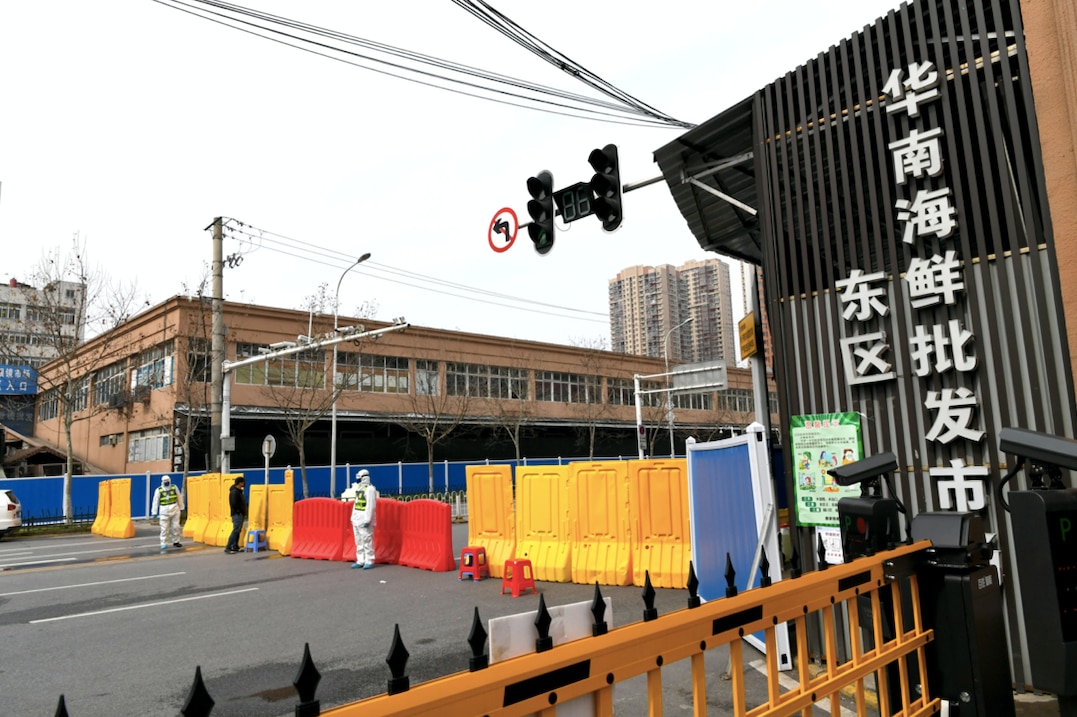
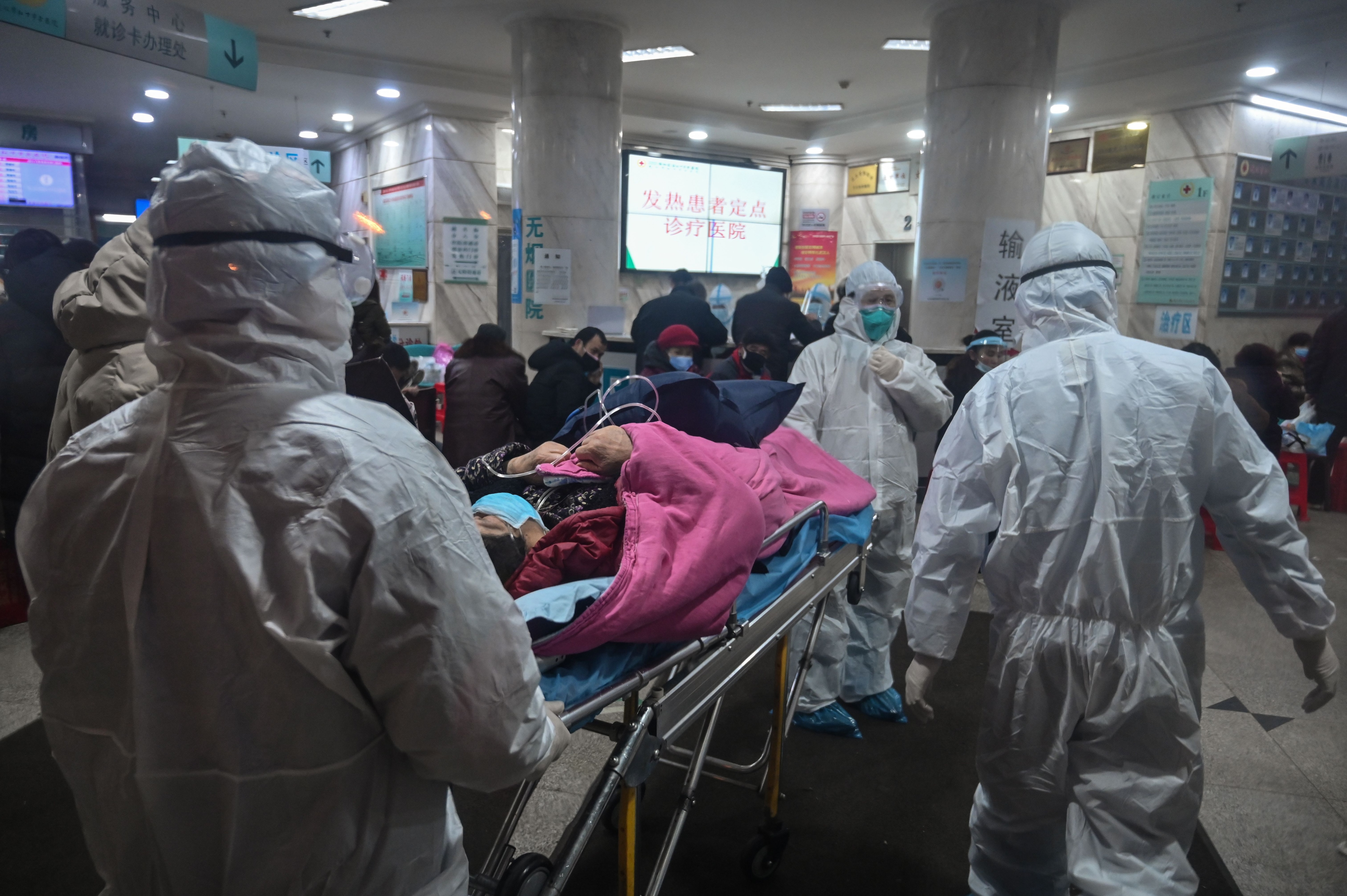
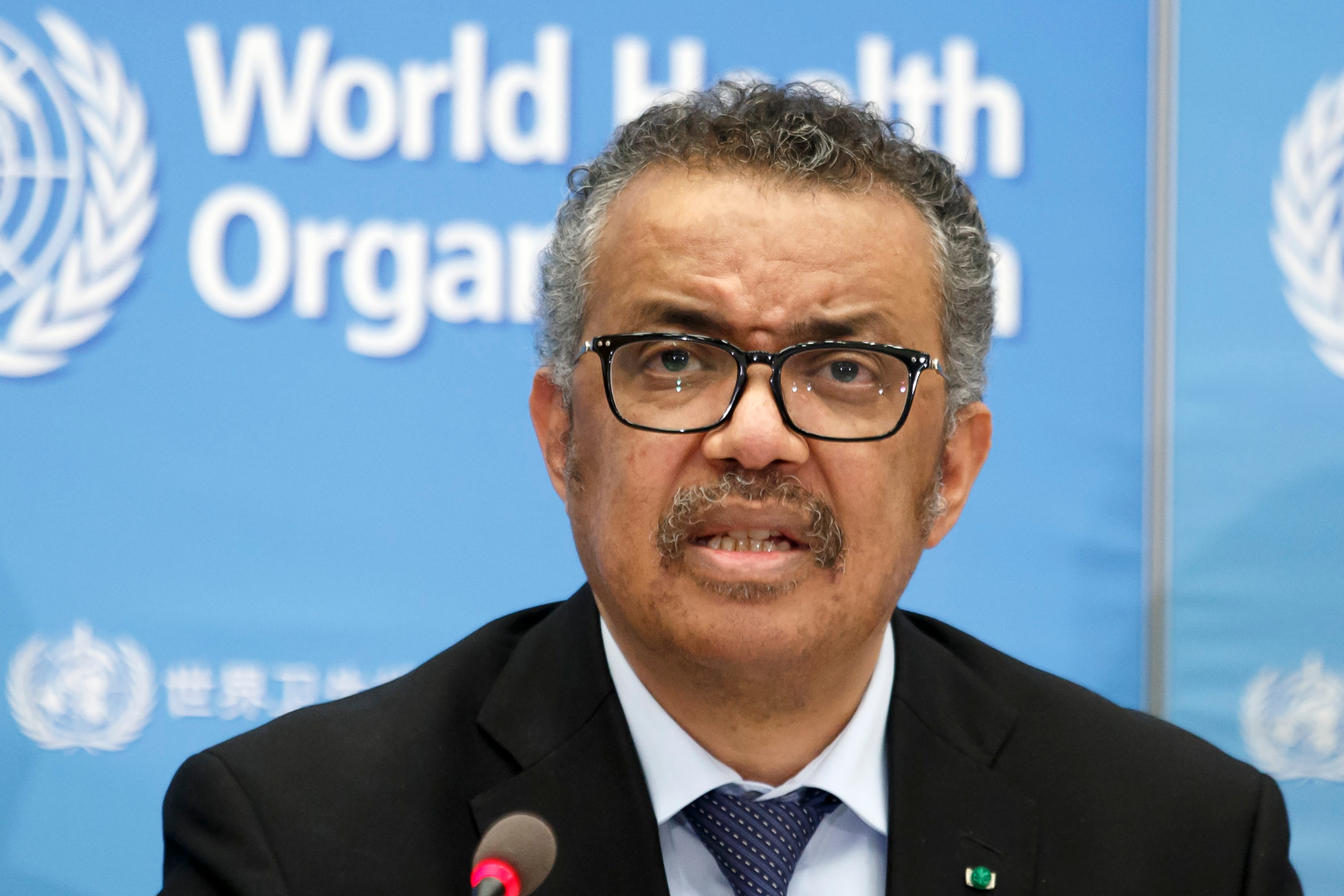
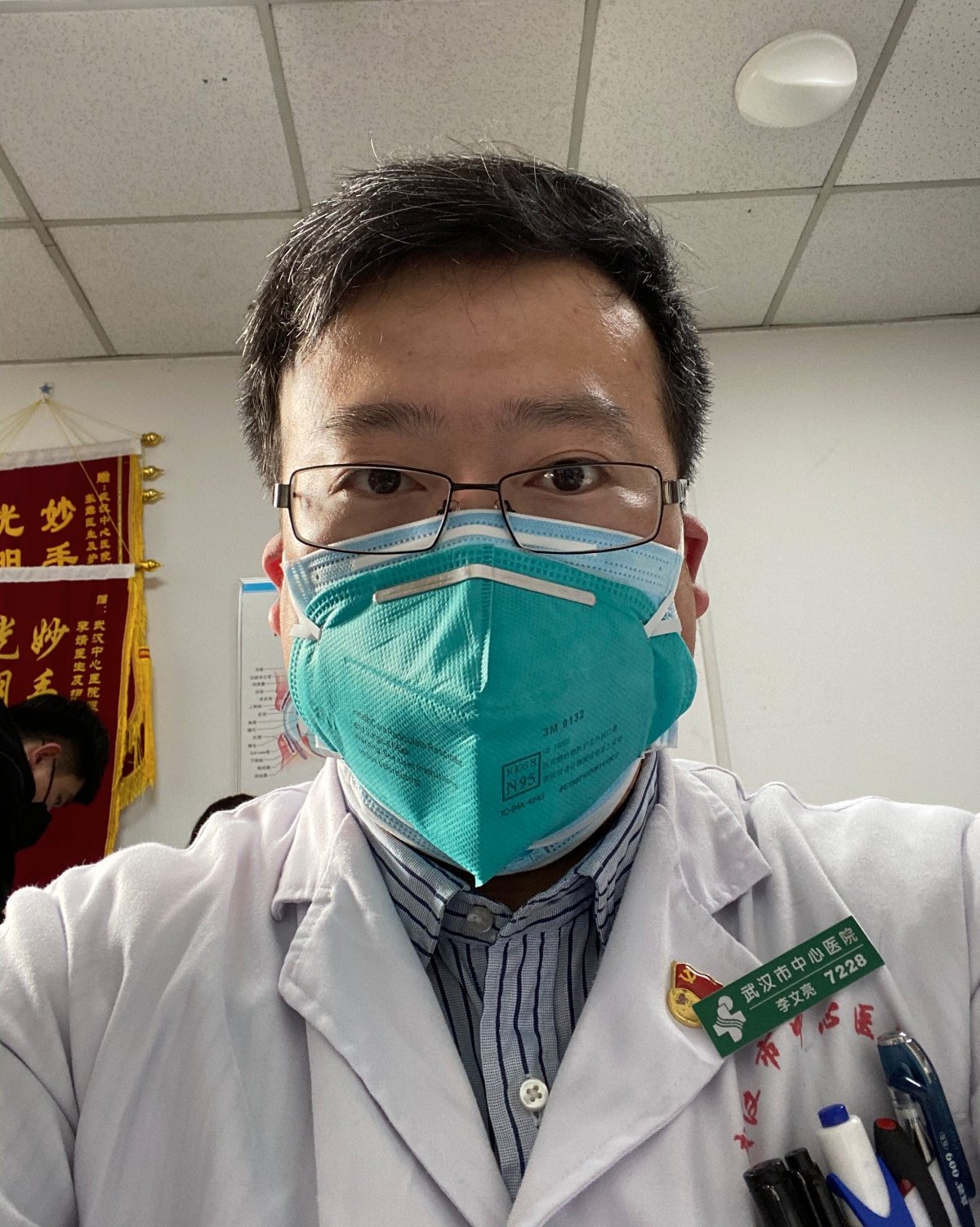
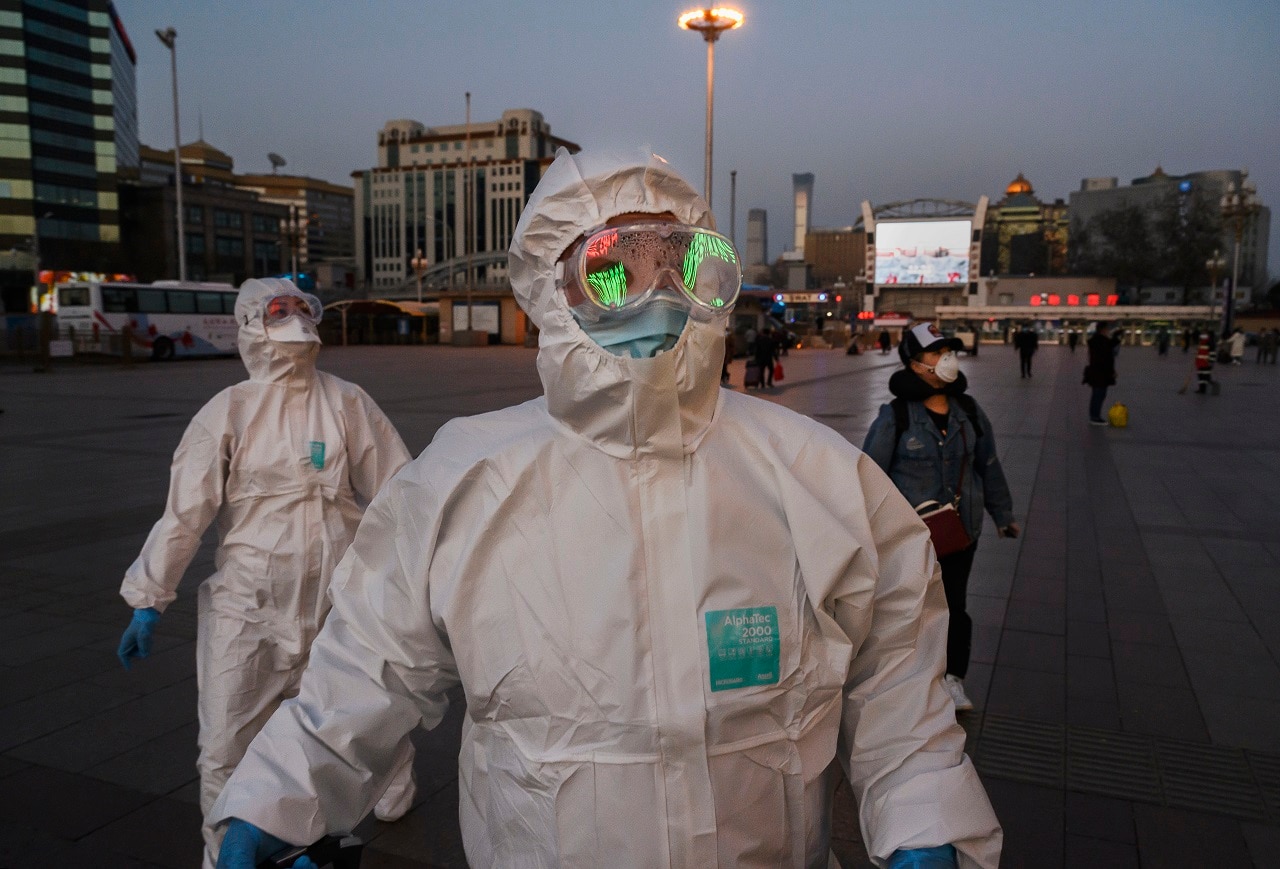

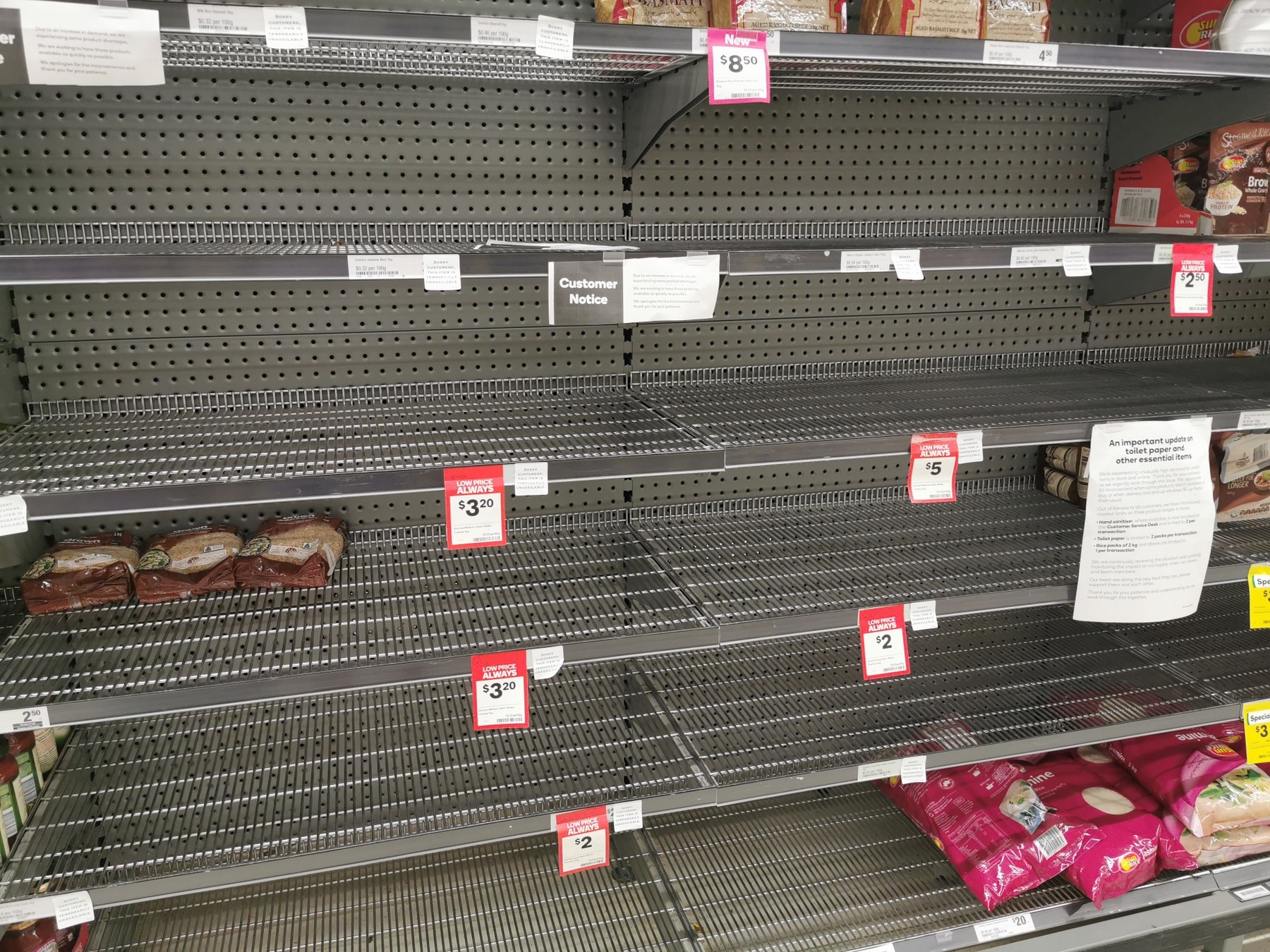

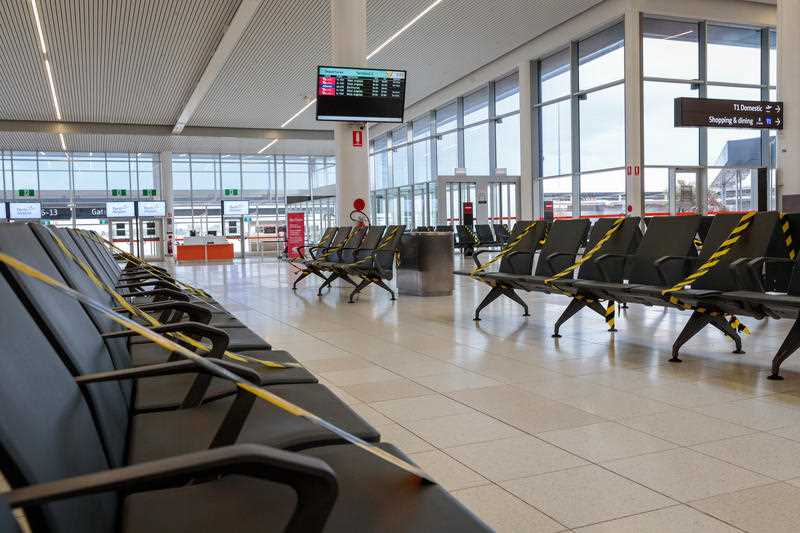
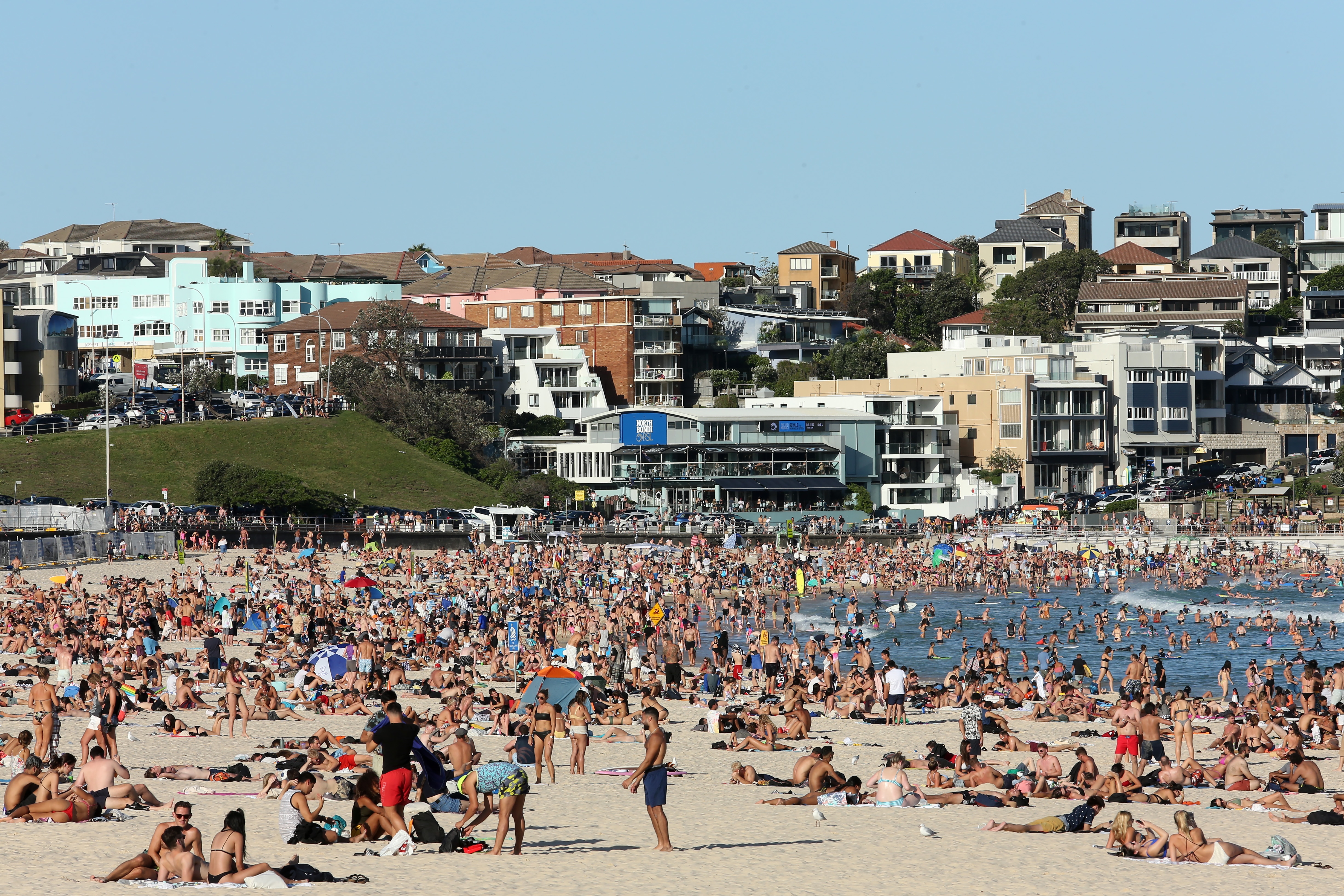
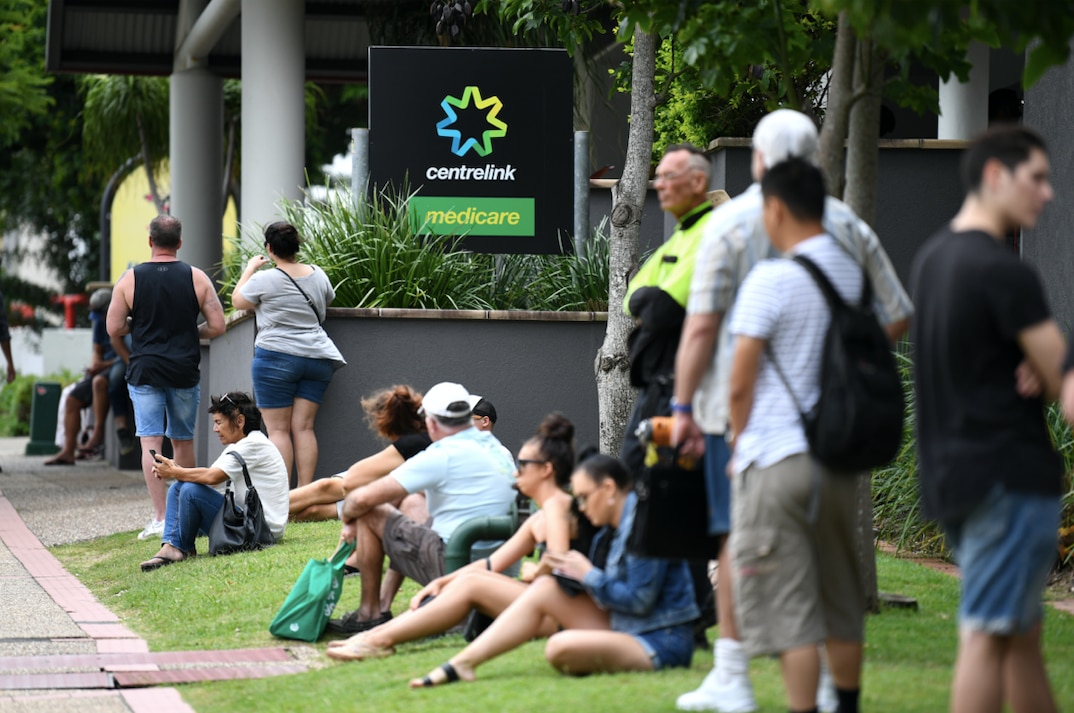
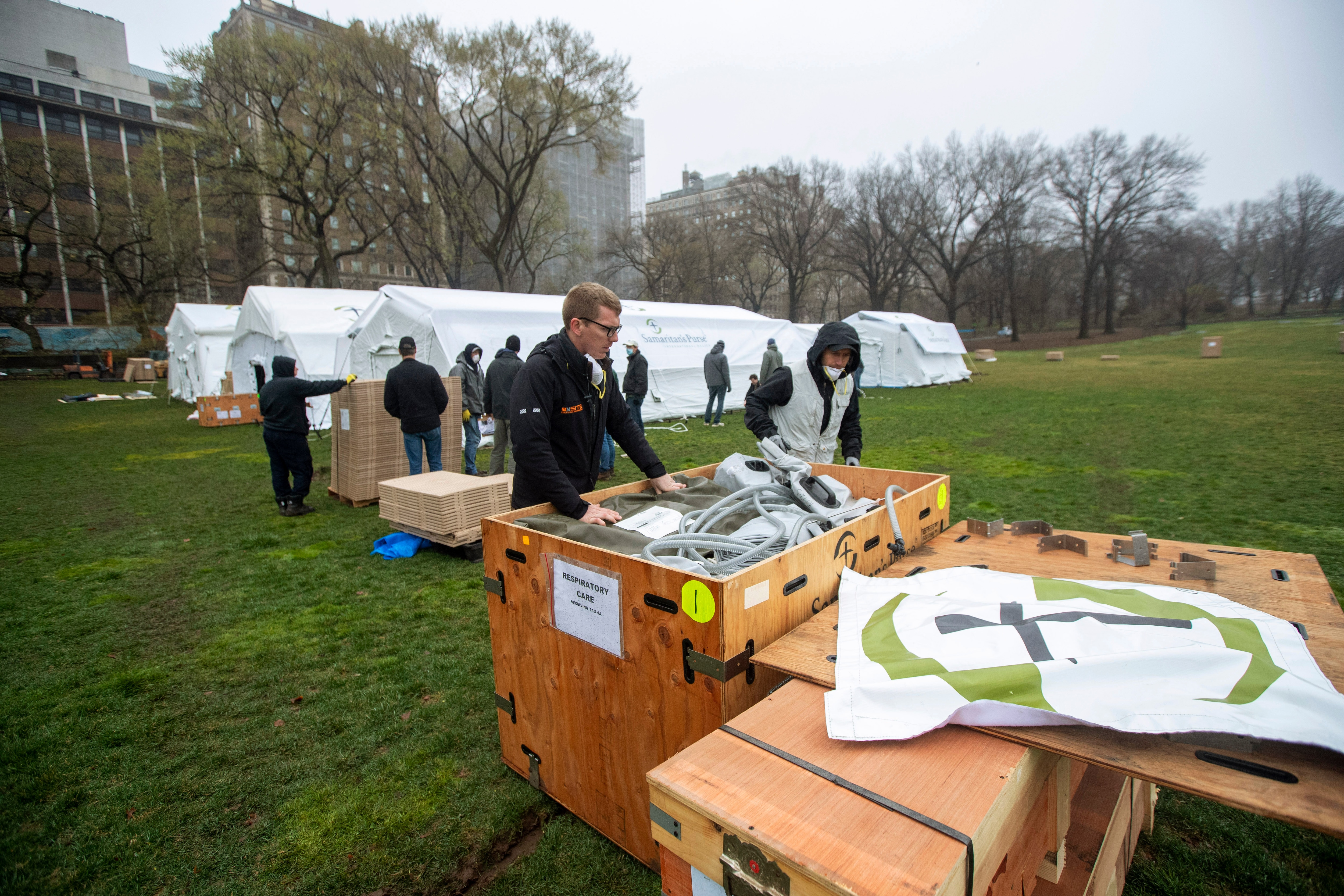
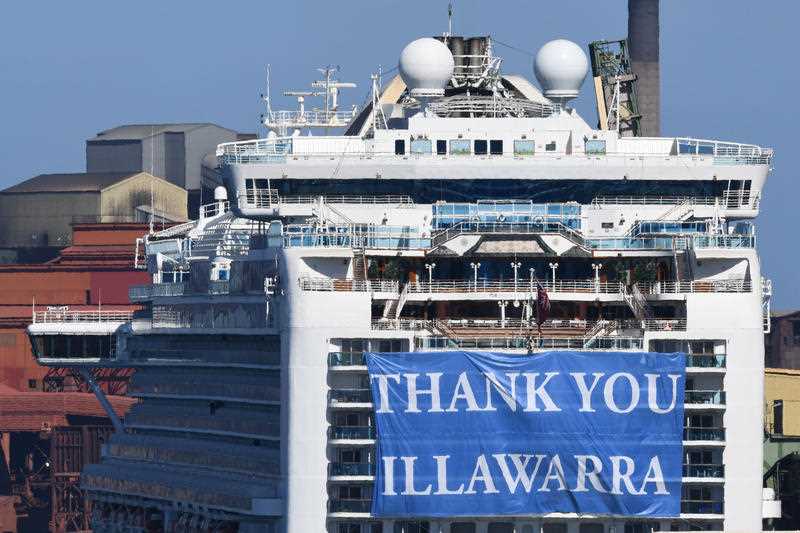
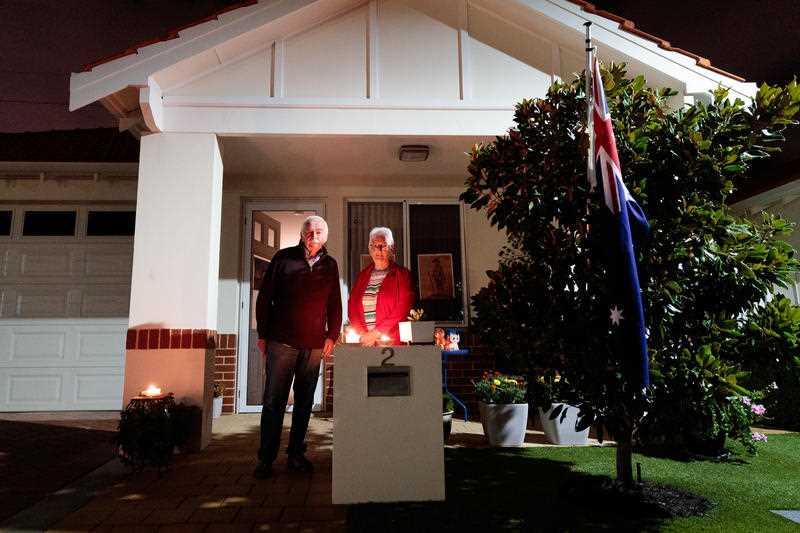
Tidak ada komentar:
Posting Komentar